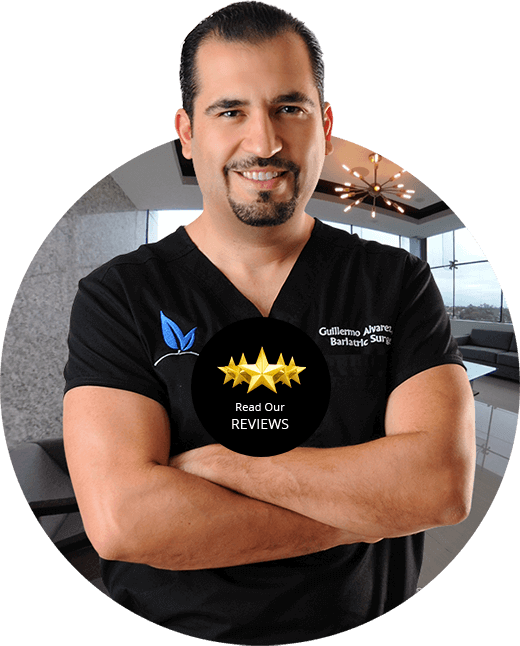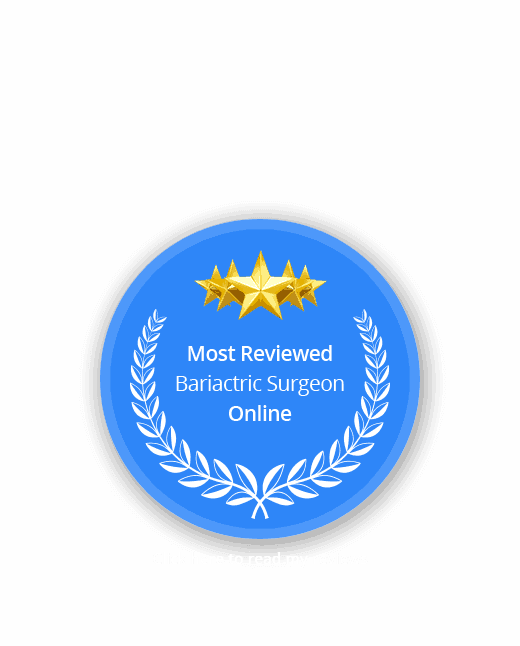Before vertical sleeve gastrectomy, many patients are completely out of touch with what it means to be (healthily) full. Depending on their habits and physical/psychological issues, some eat until they feel like they’ll explode, while others have rarely felt full in their lives. So part of the recovery process after gastric sleeve in Mexico is to discover what a healthy kind of “full” means to you, perhaps for the first time in your life.
Real hunger vs. head hunger
Understanding hunger helps you understand being full, as well, because once you sort out what’s real hunger, you recognize when you’re no longer feeling it. We talk about head hunger vs. physical hunger a lot, but here’s a refresher of the differences.
In general, head hunger is about eating to avoid boredom, uncomfortable feelings, or simply out of habit. Sound familiar? It tends to hit you suddenly (“Need. Food. Now!”), rather than building up slowly, and it’ll direct you toward a specific food or food type that’s almost always unhealthy (“Cookies would hit the spot.”). Head hunger doesn’t let up until you address it, either by giving into it, distracting yourself, or having an internal conversation where you acknowledge and, hopefully, get a handle on the cravings.
Real, physical hunger, on the other hand, is about your body’s need for sustenance, and it won’t specify a certain kind of food. If you could go for a salad as easily as potato chips, you’re likely physically hungry. Stomach hunger also comes on a bit at a time and builds naturally as your body becomes depleted, even resulting in physical sensations like dizziness or nausea if you ignore it too long.
Recognizing when you’ve had enough
Being aware of these differences while you’re eating gives you a leg up on identifying and respecting your body’s fullness signals. But because you’ve probably engaged in disordered eating for years, recognizing physical fullness can take some practice. And, lucky you, you get to start training right after your VSG!
The sensation of feeling full doesn’t seem like it needs a lengthy explanation. Full is full, right? But if you’re been out of touch with your body as long as some of my patients have, it’s not that easy. It brings up questions like, How full is “full enough”?And, What are some signs that I should stop eating before I get too full?
When you begin your gastric sleeve diet right after the procedure, you’ll be on liquids only. But most patients can still begin learning what signals to pay attention to. That “tight” feeling when you swallow? That means you’re full. Indigestion, pressure, hiccups, a slight “pinch” or even a runny nose? Those are also signals that your body is saying, “enough!”
My advice is to take your re-introduction to your body—and its signs of satiety—slowly. You’ll make mistakes along the way and possibly even suffer adverse consequences like reflux or stomach discomfort. But it won’t take long before you discover how your body feels when it’s satisfied but not overwhelmed. If you anticipate your soft signs of being full and stop before you get there, you’ll be fine. This is another reason we tell patients to eat and drink slowly, by the way.
The bottom line is that it’s key to respect what your body is telling you once you understand it because even a bite or two past your body’s comfort zone can have consequences. I like the advice one patient offers sleeve brothers and sisters: “Eat until you’re not hungry anymore—not until you’re full.”
I invite you to follow us on all our social networks, we are on Facebook, Instagram, Twitter and Pinterest, we also have our YouTube channel where I’m the host of the #AskDrA Show, where I (Dr. Alvarez) answer frequently asked questions that are sent to me with the Hashtag #AskDrA, subscribe to it! we talk about very interesting subjects.
If you want a more personalized experience and you have Instagram, follow me (Dr. Alvarez) to see my day both in my daily routine and in the operating room, add me! We will have a great time! My username is: gmoalvarez.
“Changing lives…one sleeve at a time”.









